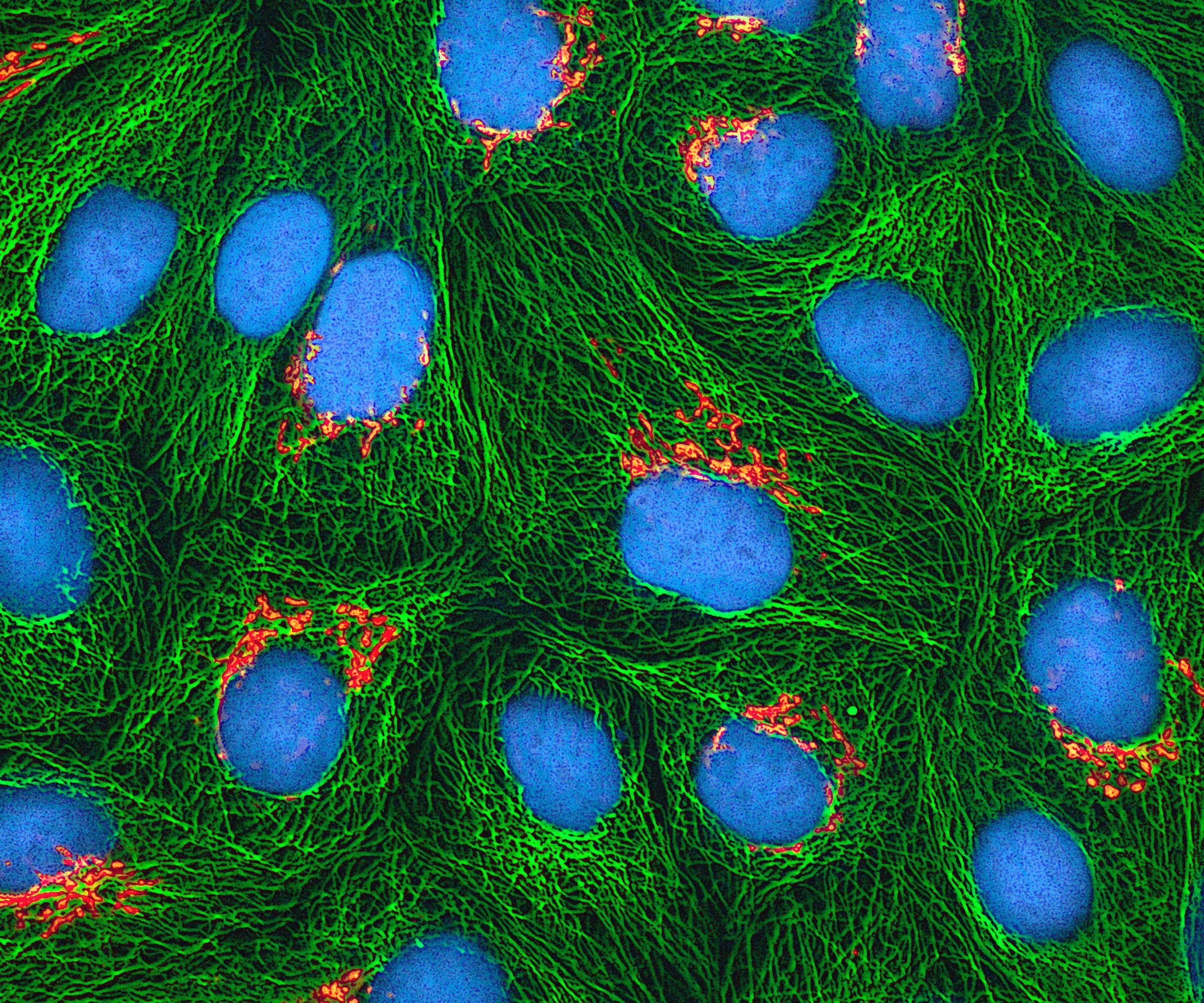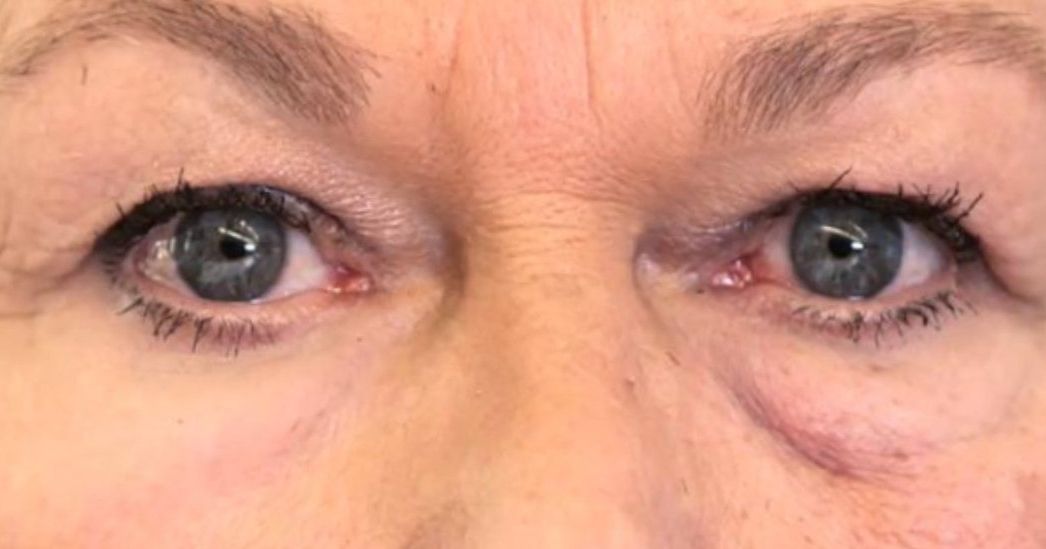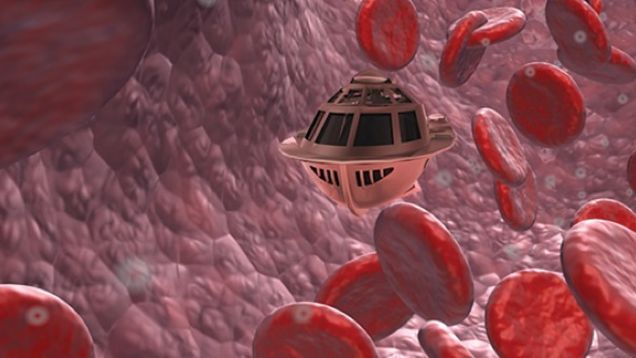Amazing story.
His cell was infested with rats, which he had to kill himself using a broomstick.


Nice read.
At the beginning of the movie 50/50, Adam Lerner is diagnosed with neurofibrosarcoma, a cancer of the spine’s nerve tissue. Adam sits in his doctor’s office while the doctor rattles off the word several times, but Adam has no idea what it means, or if there’s anything wrong with him at all. Eventually, his doctor uses the word “cancer,” and Adam’s perspective goes blurry, the doctor’s voice drowned out by a high-pitched ringing.
Many people have had real experiences like this one. Cancer is still one of the scariest words you can hear in a diagnosis. And chances are, you know someone who has heard it—almost 40 percent of adults are diagnosed with some form of it during their lifetime. Every patient’s story is different, and they don’t all have a happy ending. But because of decades of research into how cancer works, patients diagnosed with cancer today have a much better chance of survival than ever before.


Virtual Reality is finally happening after years of existing only in science fiction or as underwhelming prototypes. While Oculus Rift is certainly a big deal due to the financial support from Facebook, there are other compelling options on the market. One particularly impressive bit of hardware is the HTC Vive, which features a variety of great games and immersive motion controls.
The below video showcases several of the most exciting games on the HTC Vive, which headset purchasers will be ready to play as long as they have a gaming PC that meets the minimum requirements to be VR ready.



No longer in the movies.
Specific regions of the brain are specialized in recognizing bodies of animals and human beings. By measuring the electrical activity per cell, scientists from KU Leuven, Belgium, and the University of Glasgow have shown that the individual brain cells in these areas do different things. Their response to specific contours or body shapes is very selective.
Facial recognition has already been the subject of much research. But what happens when we cannot recognize an animal or a human being on the basis of a face, but only have other body parts to go on? The mechanism behind this recognition process is uncharted territory for neuroscientists, says Professor Rufin Vogels of the KU Leuven Laboratory for Neuro- and Psychophysiology.
“Previous research in monkeys has shown that small areas in the temporal lobes — the parts of the brain near the temples — are activated when the monkeys look at bodies instead of objects or faces. Brain scans tell us that these regions of the brain correspond to the ones activated in human beings. But that only tells us which regions are active, not which information about bodies is passed on by their cells.”


 In.
In.
1979, Arthur C. Clarke wrote a novel about an elevator to space. This.
is the story of the people who intend to build it.



SKY LINE is not just a story about trying to build the largest thing ever, it’s a story about our impulse to push limits and chase dreams, even when the results might not be seen until long after we’re gone. What drives a person to devote his life to pursuits that may take generations to achieve?
We set out to answer that question when we first went to Seattle to begin filming the folks involved in the Space Elevator Conference. We didn’t have much of a plan, but we knew everyone had a story – and we found the people that became the backbone of this film. For several years, we would revisit these eccentric and brilliant characters, until we had cobbled together a film called SKY LINE.


Luv this.
He too wears a golden robe and sings chants.
Standing at just over half a metre tall, Xian’er is the product of a collaboration between Longquan temple on the outskirts of Beijing, a technology company and local universities specializing in artificial intelligence.
The robot is based on a character first designed by artists at the temple’s Comic Center for a 2014 Buddhist comic book series entitled ‘Troubles Are Self-Made’.